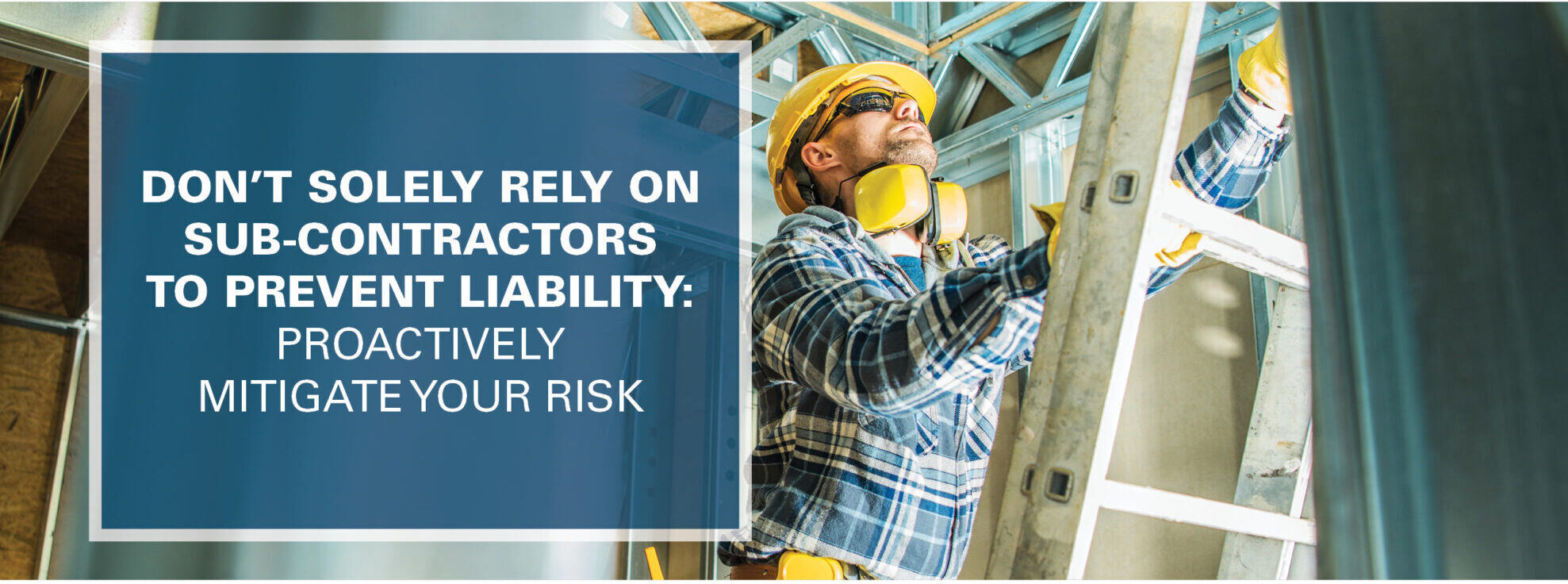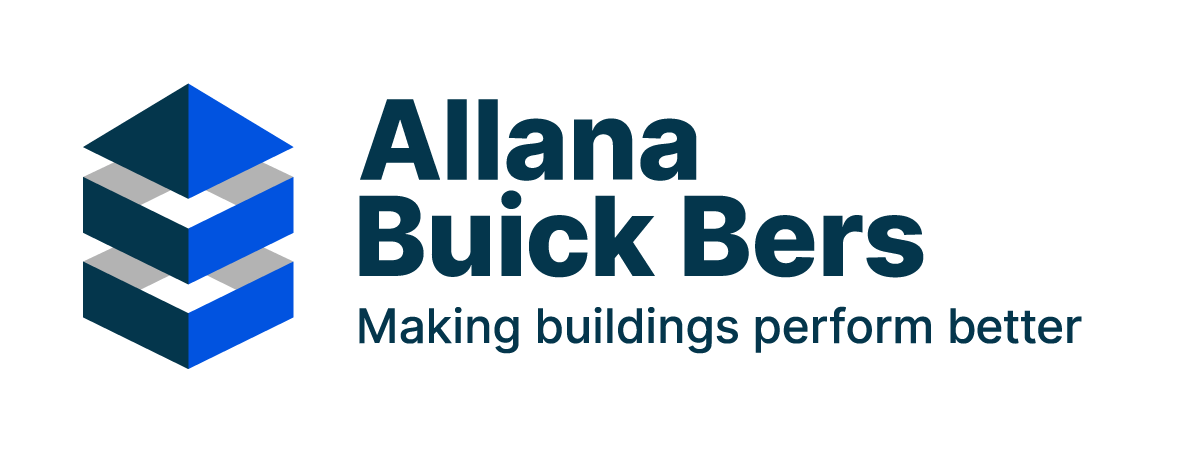
These days, when a building leaks due to waterproofing issues, glazing problem, roofing or façade issues, the risk falls 100% on the General Contractor because of “wrap” insurance policies like OCIP or CCIP. Most States also have a 10-year statute of repose for leaks or defective construction, and the liability falls on the General Contractor, not the trade that made the mistake. As General Contractors, how can we protect ourselves from risk?
Our superintendents and project engineers understand enough about all the trades to get our projects built, we also know sequencing and scheduling. However, we lack the technical expertise to perform quality control on specialty trades like roofers, glazers or waterproofers, and we are not trained to spot technical mistakes the tradesmen and prevent our liability.
Just like GCs are not trade experts, neither are the architects. We often rely on firms retained by banks and owners to review general construction, approve progress billings to be the extra set of eyes to perform quality assurance. Unfortunately, these due diligence firms are also not trade experts and they are also not in a position to perform quality assurance and reduce liability mitigate your risk.
Allana Buick & Bers (ABB) is a highly specialized architectural engineering firm that specializes in all the trades that build our buildings enclosure. We are also a licensed General Contractor. We have over 200 employees, that consist mostly of trades experts with roofing, glazing, exterior façade trades, waterproofing and other enclosure backgrounds. Most of our Principals, engineers, and architects understand the enclosure trades better than many tradesmen do.
It is this highly specialized trades expertise that put us in a position to protect your liability as a General Contractor. Our in-house process for performing quality control is threefold:
- Peer Review: Reviewing construction drawings, specifications, shop drawings and submittals for accuracy and constructability is critical. If the design is wrong, shop drawings are flawed, or submittals inadvertently change requirements, even the most careful implementations can lead to bad results. Architects develop details to meet their “design intent.” The often rely on sub-contractors to interpret that “design intent” and “fill in the blanks” for complex details. From our forensic litigation experience, we know that under developed building enclosure details ultimately “shifts” the risk of failure in the field on to the Contractors. Additionally, most projects include design changes and substitutions well into construction. It is not your responsibility to vet those changes, and doing so could put you at greater liability. A third-party trade consultant like ABB can mitigate your risk by vetting design changes and substitution requests. On the other hand, we also help the Contractor by justifying legitimate change orders that the architect or owner may otherwise resist.
- Quality Assurance Monitoring: Part-time or full-time observation of construction trades by a trained “trades expert” is essential for quality assurance. No single person can be an expert in all enclosure trades, so we cannot rely on generalized inspectors to do the job. We carefully hire and train our employees based on the specifics of each project, with specific trade expertise, checklists, and training in the manufacturer’s proper application methods. Each of our quality control observers are supervised by trade experts and senior consultants who have decades of experience in the enclosure design and submittals.
- Testing and Verification: Based on the project’s needs, we carefully develop a testing protocol to check systems integrity and performance. Fabricated items like curtain walls and windows have published performance standards that can be tested in-situ or in a laboratory setting. Field applied systems, like waterproofing and roofing, are tested through sophisticated methods like Electronic Leak Detection (ELD), infra-red thermography, adhesion and peel testing, thickness measurements, and x-ray florescence testing.

CATEGORY: Quality Assurance / Peer Review / Monitoring / Testing
